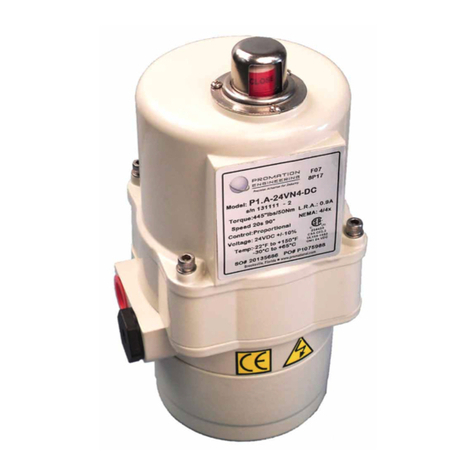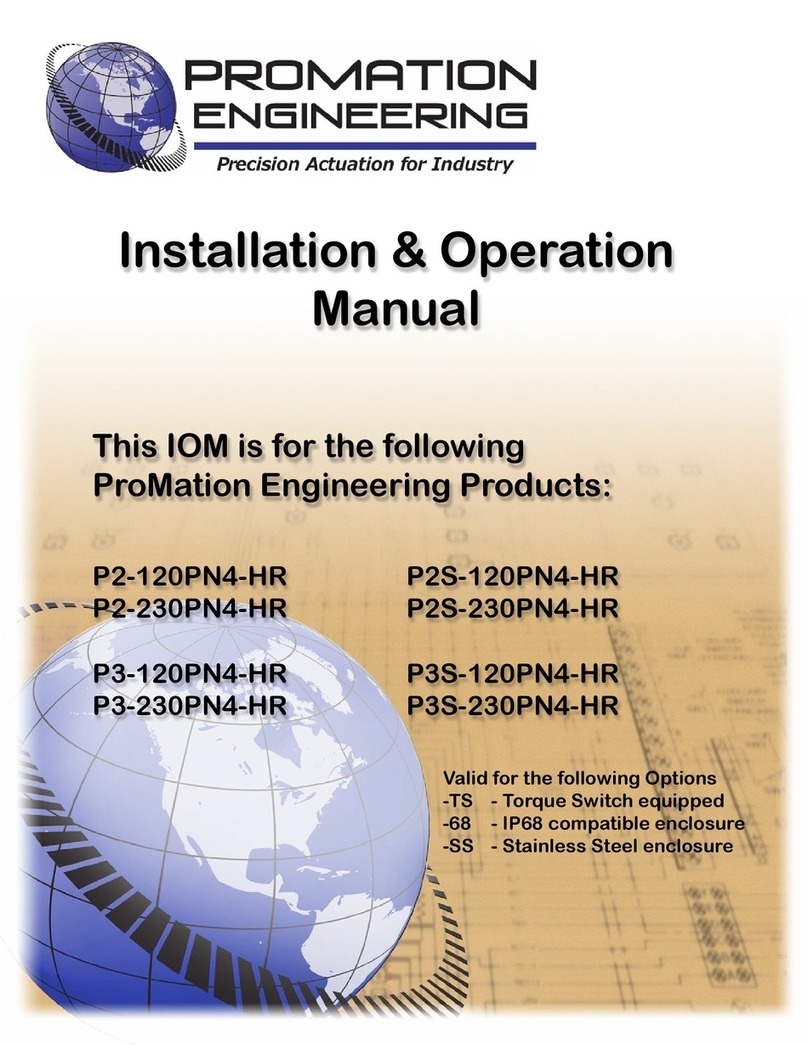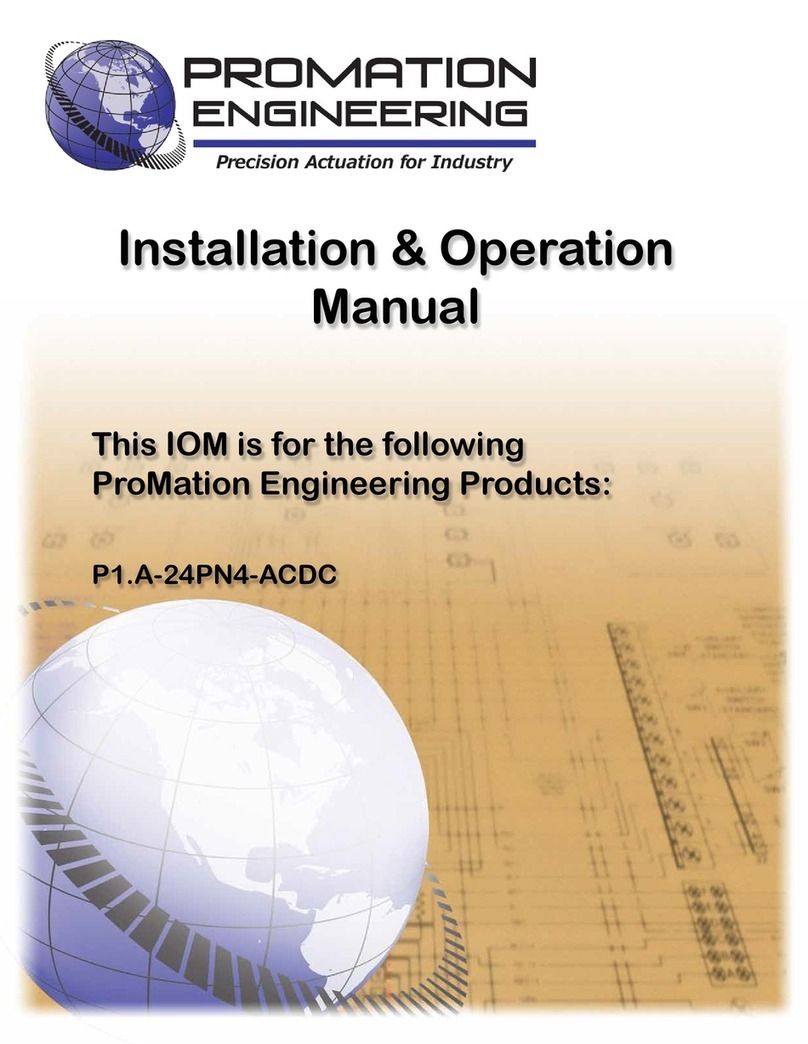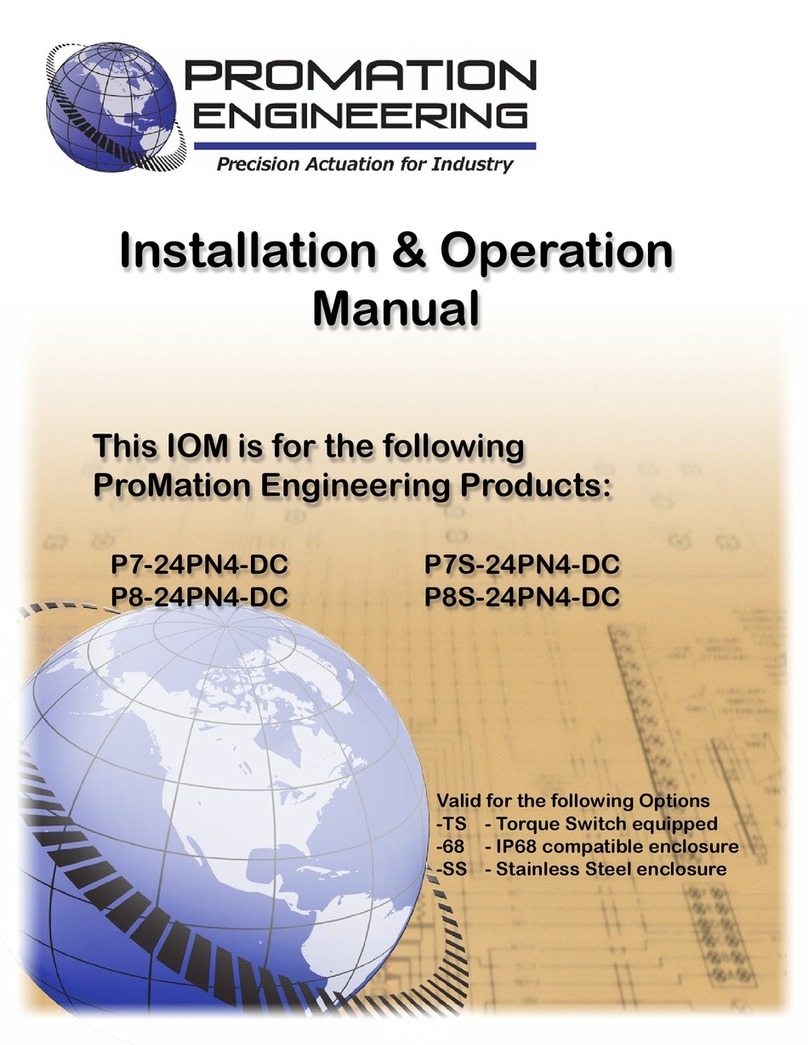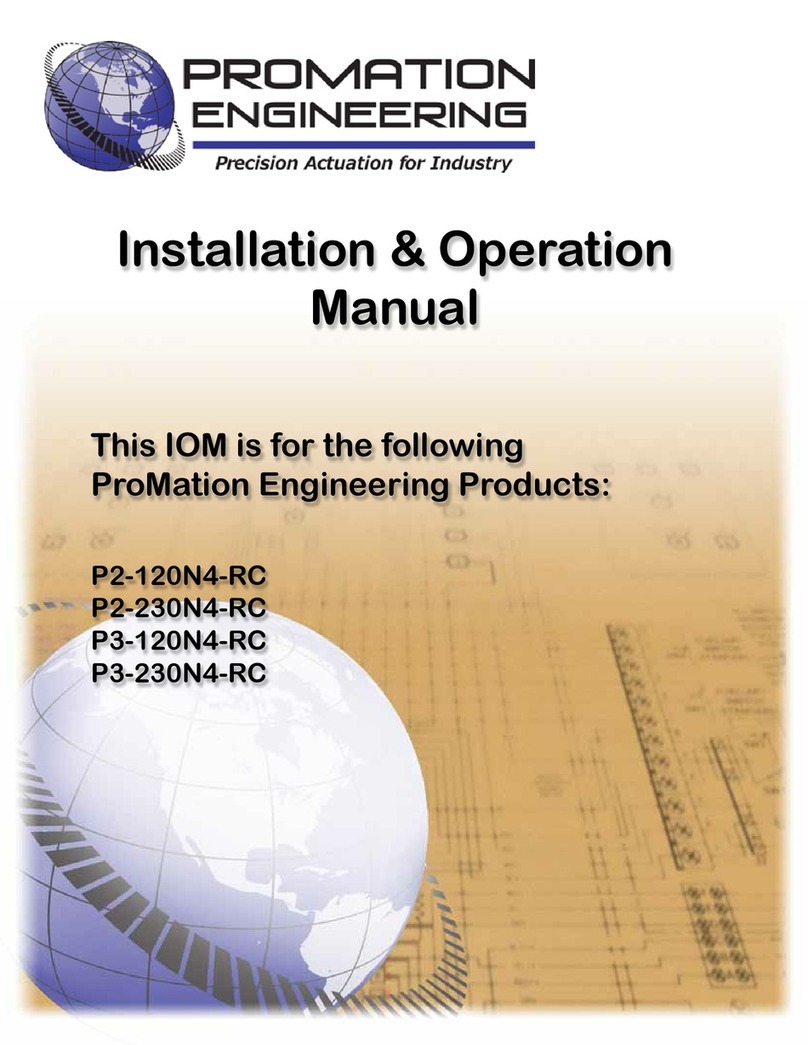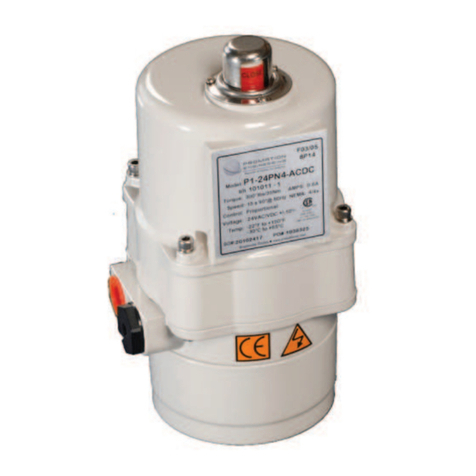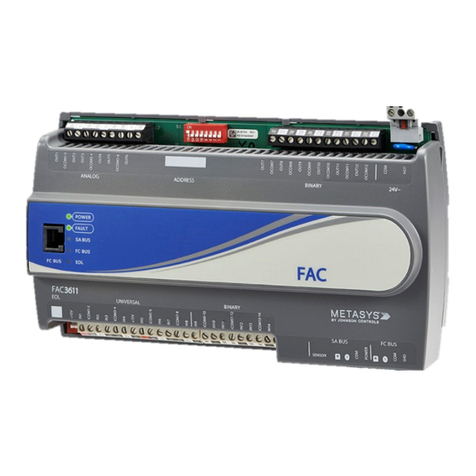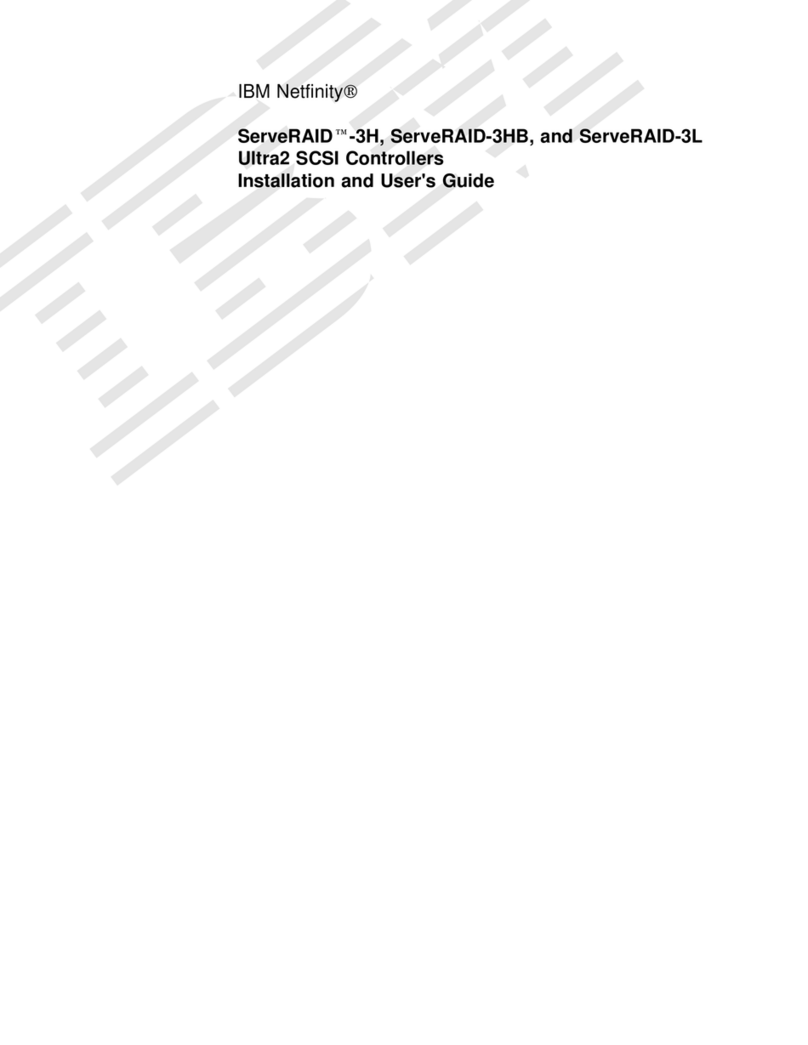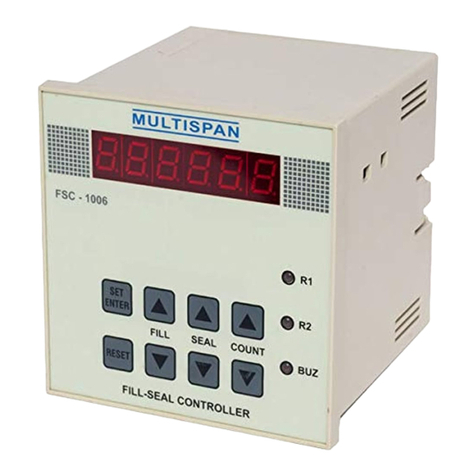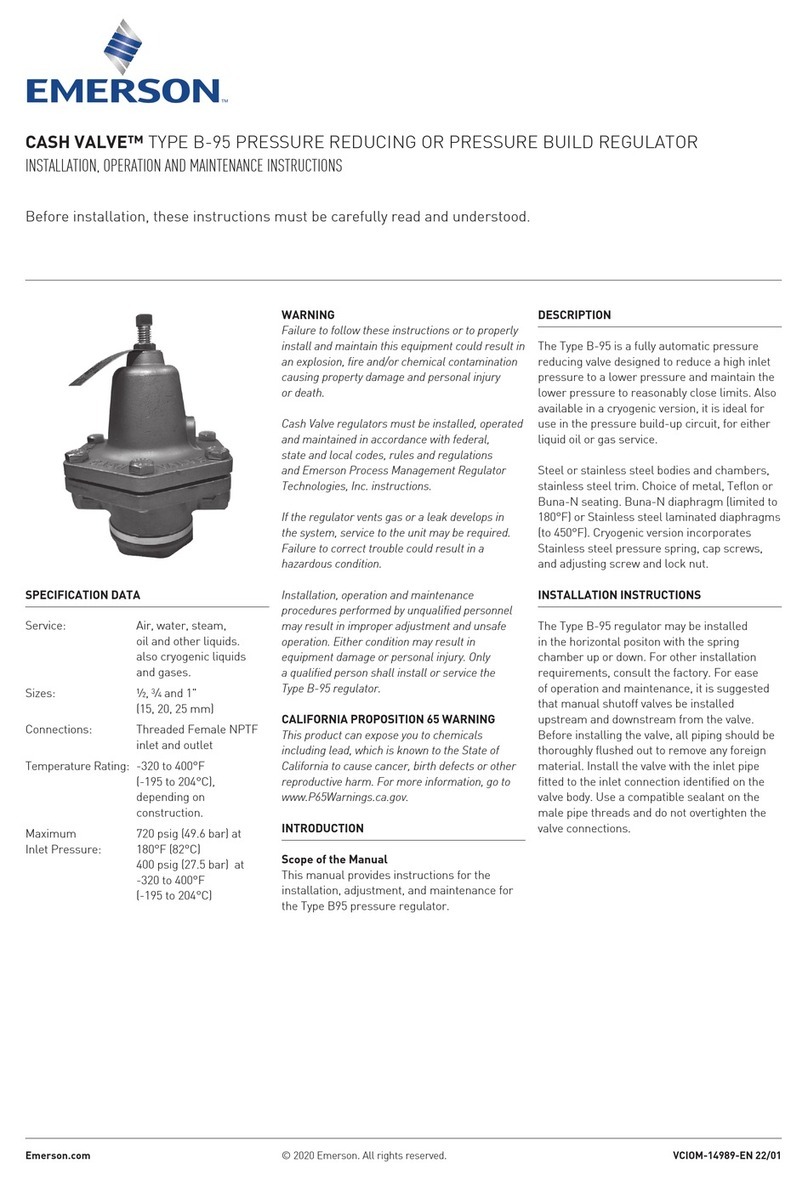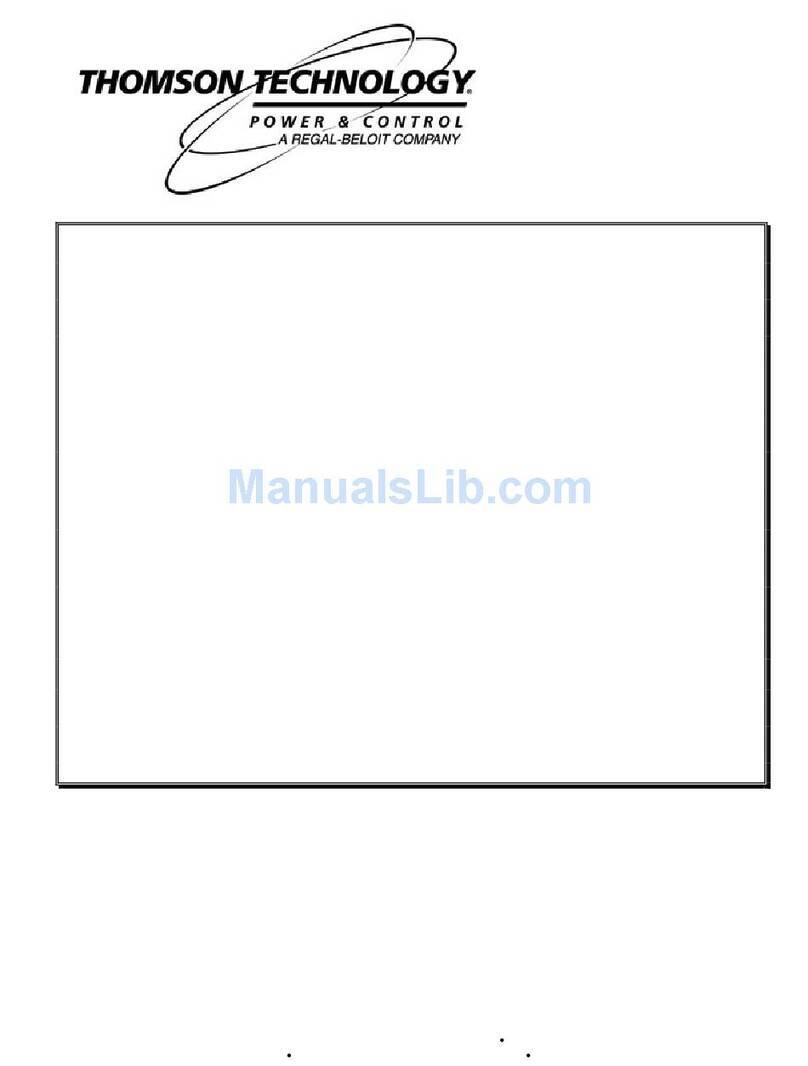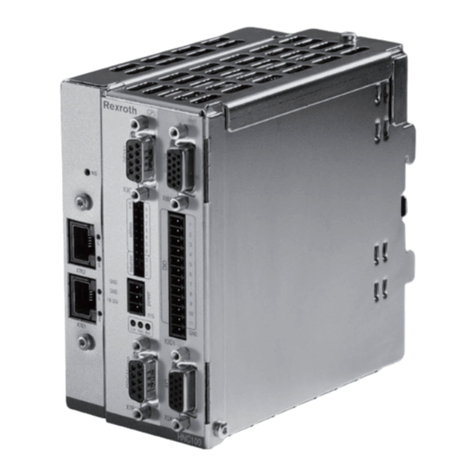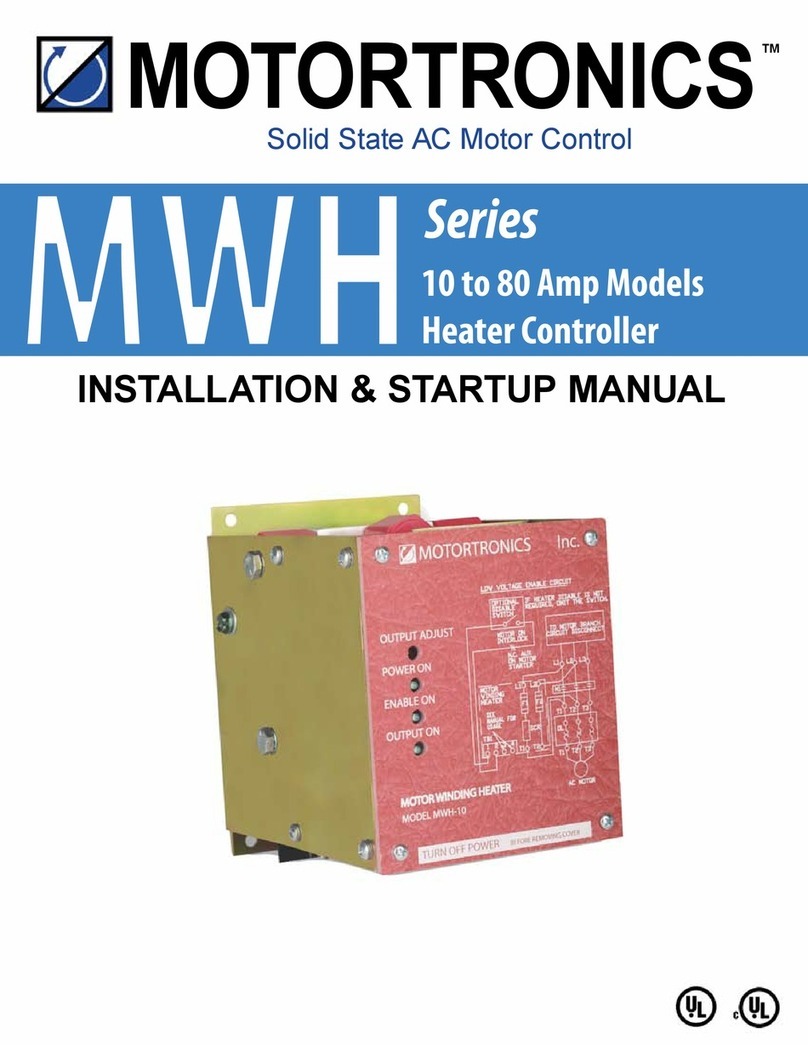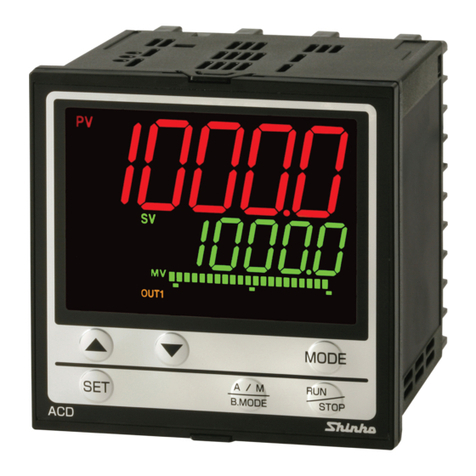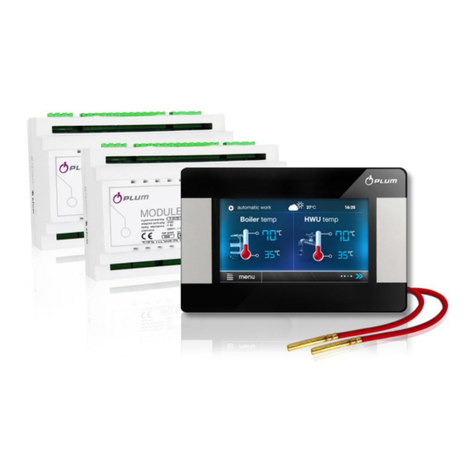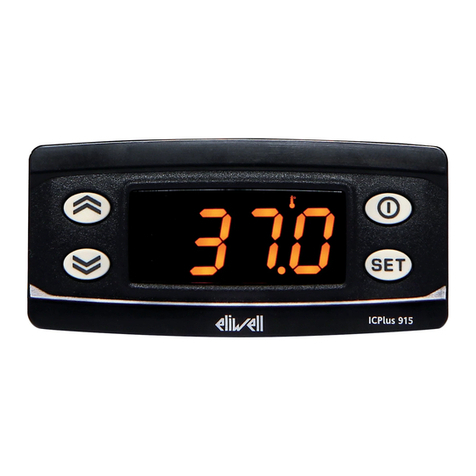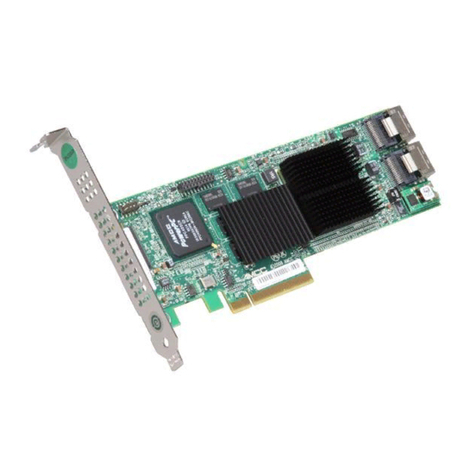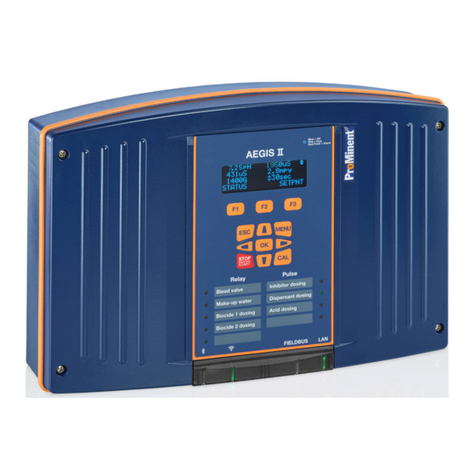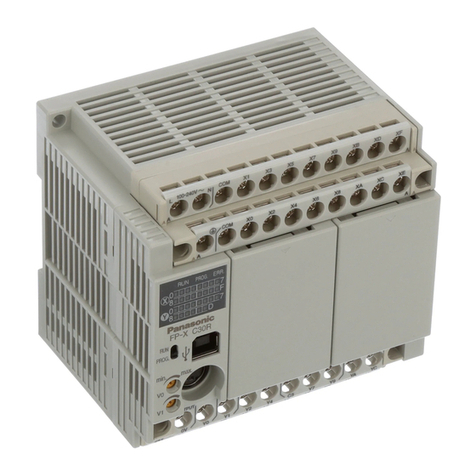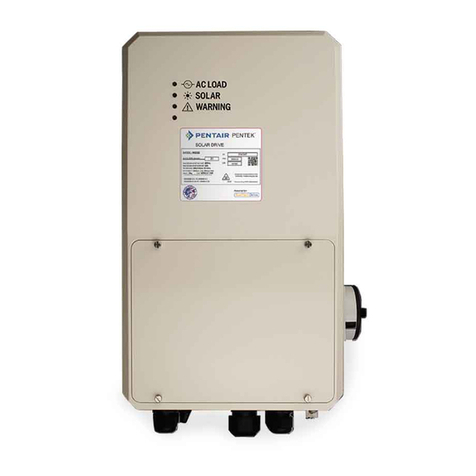
FM15_P28 HV PN7 (-TS) Ver I_052217
Page 4
101414
P213 Class Div Label 15 101414.ai
Label 810-10168 is
accurate 12/02/14.
Label 810-10174 is
accurate 12/02/14.
PEI Explosion Proof Product
(aluminum bolt on tag)
CAUTION: To reduce the risk of ignion
of hazardous atmospheres,
disconnect the equipment
from the supply circuit before
opening. Keep assembly ghtly
closed when in operaon.
WARNING:To reduce the risk of
ignion of hazardous atmospheres, an
appropriately cerfied sealing fing,
cable gland or plug must be
directly connected to the enclosure.
Class I, Division 1, Groups C, D
Class II,Division 1,Groups E,F,G
Class III; T6
Ex d IIB Gb T6; Ex tb IIIC T85°C Db
Class I, Zone 1, AEx d IIB Gb T6
Zone 21, AEx tb IIIC T85°C Db
CAUTION: To reduce the risk of ignion of hazardous atmospheres, disconnect the
equipment from the supply circuit before opening. Keep assembly
ghtly closed when in operaon. WARNING:To reduce the risk of
ignion of hazardous atmospheres, an appropriately cerfied sealing
fing, cable gland or plug must be directly connected to the enclosure.
ATTENTION! Pour réduire le risque d’inflammaon des atmosphères dangereuses,
démontez l’équipement du circuit d’approvisionnement avant de l’ouvrir. Maintenez
l’assemblage bien fermé lors de l’ulizaon. MIS EN GARDE! Pour réduire le risque
d’inflammaon des atmosphères dangereuses, un joint d’étanchéite, un
presse-étoupe ou une prise dûment cerfié doit être lié à l’encastrement.
CAUTION: To reduce the risk of ignion of hazardous atmospheres, disconnect the
equipment from the supply circuit before opening. Keep assembly
ghtly closed when in operaon. WARNING:To reduce the risk of
ignion of hazardous atmospheres, an appropriately cerfied sealing
fing, cable gland or plug must be directly connected to the enclosure.
ATTENTION! Pour réduire le risque d’inflammaon des atmosphères dangereuses,
démontez l’équipement du circuit d’approvisionnement avant de l’ouvrir. Maintenez
l’assemblage bien fermé lors de l’ulizaon. MIS EN GARDE! Pour réduire le risque
d’inflammaon des atmosphères dangereuses, un joint d’étanchéite, un
presse-étoupe ou une prise dûment cerfié doit être lié à l’encastrement.
Class I,Division 1,Groups C, D
Class II,Division 1,Groups E,F,G
Class III; T6
Ex d IIB Gb T6; Ex tb IIIC T85°C Db
Class I, Zone 1, AEx d IIB Gb T6
Zone 21, AEx tb IIIC T85°C Db
Class I, Division 1, Groups C, D
Class II, Division 1, Groups E,F,G
Class III; T6
Class I: 7 point Arial Bold, 7 point leading, tracking -40%
CAUTION: To reduce the... Calibri 6.5pt Bold and Regular
Tracking set at -25%, leading 6pt except above WARNING (leading at 8pt)
This size tag is 78mm (3.0709”) wide X 35mm (1.378”) high X .016 inch thick
Corner radii 6.35mm (.25”)
Part Number assigned: 810-10168
No hyphenation.
Standard size tag should be easier to fabricate.
Two tags, one without zone information for temporary use.
Needs remaining French warning text.
Needs French text checked for clarity/accuracy of language.
Needs final internal approval
Needs CSA approval
Used in IOM
Product mounting, set up, and installation notes speci c to Hazardous Location Actuators.
Operation and maintenance of a hazardous location actuator is the same as for an ordinary location actuator with
the following amendments:
1. ONLY install a hazardous location actuator in a
hazardous location for which the actuator was
designed. The actuator is clearly marked with the
classification for which it was designed and tested.
2. Mount, calibrate, and test actuators only during non-
hazardous conditions.
3. Do NOT operate in ambient temperatures above +125° F
(+52° C).
4. Do NOT, under any circumstances, remove the cover of the actuator while in a
hazardous location with power still present inside the actuator. This could cause
ignition of a hazardous atmosphere.
5. After removal of the cover care must be taken not to scratch, chip, or deform
the mating surfaces of the cover and base of the actuator (see photos at right).
Deformation to these surfaces negates the hazardous location rating of this
actuator and the actuator should be removed from hazardous location service.
6. Mating surfaces of the cover and base must be cleaned before replacing cover.
When replacing the actuator cover, carefully align the two pins (non-removable)
embedded in the lower housing with the corresponding holes in the top housing.
Fully seat the cover before tightening the cover bolts to avoid damaging the cover.
7. After securing the cover back onto the actuator there should be NO gaps larger
than 0.003 in. (0.08mm) between the cover and the base of the actuator. This can
be checked by a 0.003 in. thick by 1/2 in. wide feeler gauge which may not enter
between the two faces more than 1/8 of an inch.
8. All electrical connections must be to national, state, and local codes and in
accordancewithhazardouslocationspecificationsforwhichthisactuatoristo
be used.
9. Reducers,glands,and/orconduitmustbeappropriatelycertifiedtobeusedin
hazardous locations.
10. Toreducetheriskofignitionofhazardousatmospheres,anappropriatelycertified
sealingfitting,cableglandorplugmustbedirectlyconnectedtotheenclosure.
11. Anunusedconduitportmustbesealedwithanappropriatelycertifiedthreaded
blanking plug.
12. Under certain extreme circumstances, the non-metallic parts incorporated in the
enclosure of this equipment may generate an ignition-capable level of electrostatic
charge. Therefore the equipment shall not be installed in a location where the
external conditions are conducive to the build-up of electrostatic charge on such
surfaces. In addition, the equipment shall only be cleaned with a damp cloth.
Plate found on actuator
Mating Surfaces
(refer to note 5, 6)
Alignment pins/holes
(refer to note 6)
Feeler Gauge (refer to note 7)
Page 1 P2/3 HV-PN7 Series
Hazardous Location Actuators




















